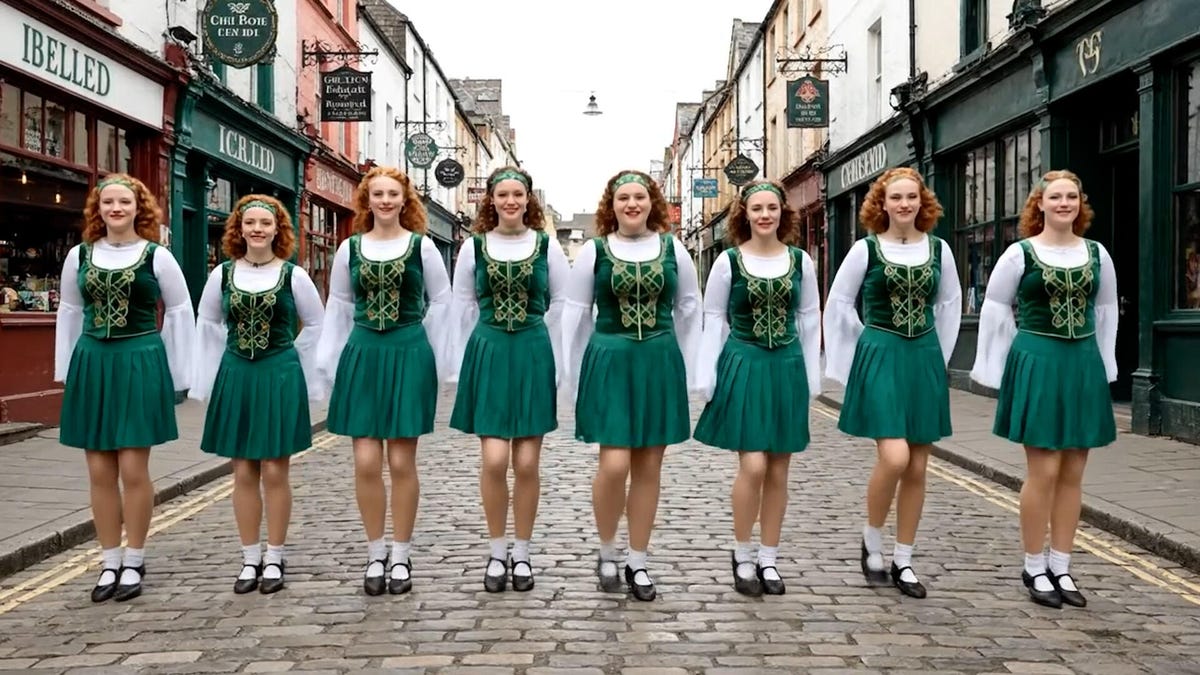Google Unveils Veo 3 AI Video Model Amid Sora Competition

Key Points
- Google releases Veo 3, the latest AI video generator, to paying Gemini users.
- New features include ingredient‑based video assembly, object insertion, and AI‑generated transitions.
- Clips can now be extended to be over a minute long, reducing hard jump cuts.
- Veo 3 follows earlier launches with native synchronized audio and ties into Google’s Flow platform.
- The release arrives amid heightened competition from OpenAI’s Sora and related social media app.
- Legal disputes over AI‑generated content are rising, exemplified by Ziff Davis’s lawsuit against OpenAI.
- Creators express concerns about AI training on existing media and its impact on the industry.
Google announced the release of Veo 3, its latest AI video generator, now available to paying Gemini users through Flow, the Gemini API, and Vertex AI. The update adds features such as ingredient‑based video assembly, object insertion, and the ability to create AI‑generated transitions between still images, extending short clips to over a minute. Veo 3 follows earlier launches that integrated synchronized audio and reflects Google’s broader push into generative media, a field currently heated by OpenAI’s Sora and ongoing copyright disputes.
New Capabilities in Veo 3
Google introduced Veo 3, the newest version of its flagship AI video generator, to paying Gemini users via Flow, the Gemini API, and Vertex AI. The model adds several creator‑focused tools. Users can upload separate assets that Veo merges into a final video, a feature first seen on Google’s AI filmmaking program Flow. The system now supports adding objects to existing assets, with removal capabilities slated for future release. Additionally, creators can provide a starting and ending still image, prompting Veo to generate a smooth AI‑powered transition that blends the two shots into a short clip. Short clips can also be extended to be over a minute long, helping smooth out the hard jump cuts that have characterized AI‑generated videos.
Context Within the AI Video Landscape
The rollout of Veo 3 comes as AI video generation draws heightened attention. Earlier this year, Google launched Veo 3 at its I/O developers conference and highlighted its native, AI‑generated synchronized audio. At the same time, OpenAI introduced a new version of its AI video model, Sora, and a TikTok‑like social platform, sparking debate over deep‑fake potential and the flood of AI‑generated content. Google’s expansion into generative media, including the popular nano‑banana image model, positions Veo 3 as a direct response to the growing demand for sophisticated, creator‑friendly AI video tools.
Legal and Industry Implications
AI video generators such as Veo and Sora are at the center of contentious discussions about the role of generative AI in creative industries. Filmmakers, videographers, and other creators voice concerns about how AI models are trained on existing material and deployed by studios and streaming services. The tension has manifested in legal action, with several artists and authors filing lawsuits over alleged copyright infringement. Notably, Ziff Davis, the parent company of CNET, filed a lawsuit against OpenAI, accusing it of infringing copyrights during training and operation of its AI systems.
Future Outlook
Google’s continued investment in Veo 3 signals its commitment to enhancing AI video creation tools while addressing creator needs for smoother transitions and longer clips. As the AI video market evolves, competition between Google’s Veo and OpenAI’s Sora, alongside ongoing legal challenges, will shape the future of generative media and its integration into mainstream content production.